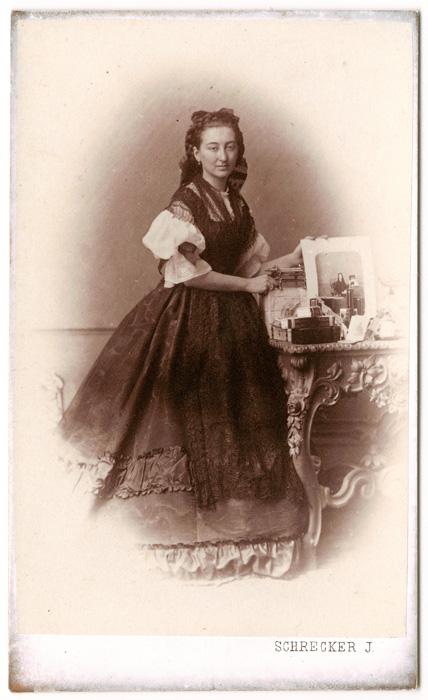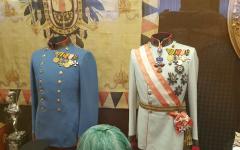THE COUNTESS WHO REMAINED FAITHFUL TO 1848
6th October. In Memoriam of the Martyrs of Arad
"I have always been and I'm still a partisan of my homeland. It is what I die for..." - wrote Count Lajos Batthyány in his last letter. "Long live the homeland!" - said he right before his execution.
The day has come again. 168 years ago, sons of a nation were not killed in battle defending their homeland but were executed instead. The judgement and the cruel punishment had already been ready prior to the military court.
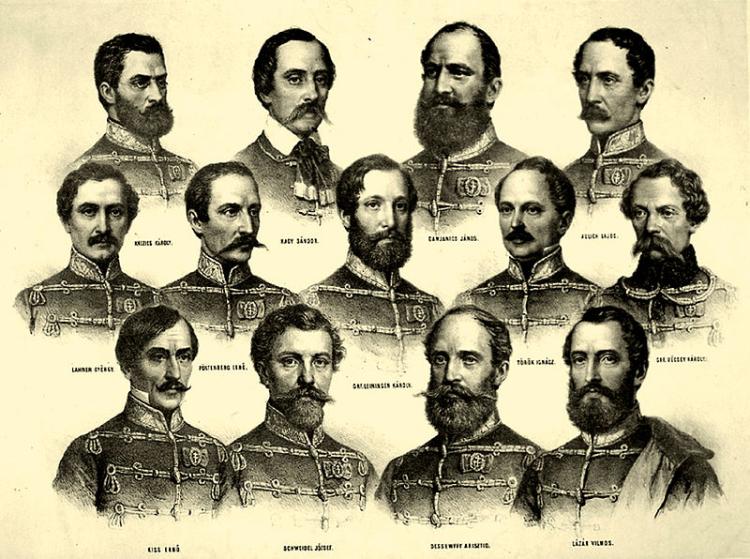
Their names can be heard one by one on 6th October, which is one of the National Days of the Hungarian Revolution and War of Independence of 1848-49. (The other National Day of this revolution is on 15th March.) The 13 Martyrs of Arad sacrificed themselves for our homeland, the freedom of the nation. There were times when talking about this event was not permitted so the patriotic emotion could live only secretly in the hearts. After 6th October (1849) widows and orphans were left to continue their lives facing difficulties also as regards finance. They were aware of having to do something for the nation. It had to be strengthened radically setting a precedent to the neighbourhood.
Count Lajos Batthyány and Countess Antónia Zichy - Portrait drawings by Miklós Barabás
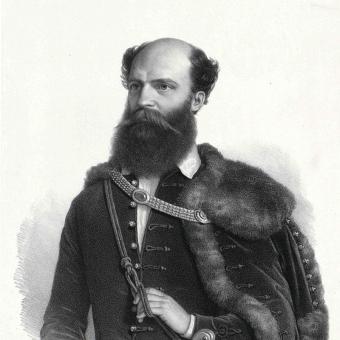
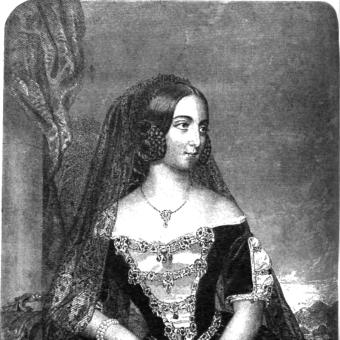
Widows of Count Lajos Batthyány and János Damjanich responded to the Habsburgs by teaching the nation. They founded the National Housewives' League, which started acting on 15th March 1861 (15th March was the other National Day of this revolution as mentioned above). Disciplining girls was important to both Countess Batthyány and Damjanich thinking that the future generation would later determine the lives of the Hungarian families. The Royal Council authorized it, however, it prohibited the usage of the following words: "nation", "patriot" and "patriotic girl". Later on, his daughter, Ilona took over this function.
The older ones (and their descendants) living in Cinkota (it used to be a village, which now belongs to the 16th district of Budapest) must have heard much about the life of Countess Ilona Batthyány, which was full of struggle and sorrows. She used to be called and referred to quite simply: "the Countess".
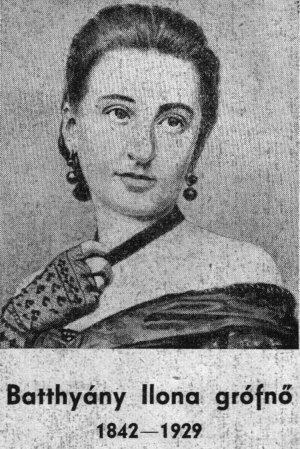
Ilona “inherited” true nationalistic emotions from her mother, Countess Antónia Zichy and her father, Lajos Batthyány (one of the executed Martyrs of Arad). It is what was completely manifested itself in her deeds and behaviour. Being loyal to her aristocratic title, she cherished the ones living around her, and did much for the Hungarian culture and traditions. She founded a hospital, an orphanage and schools. The orphanage was built beside her palace in 1907. Until 1959, it was the building of more kind of schools including a teacher training college for women. The building has already been modernized and now the Szerb Antal Secondary Grammar School operates in the 120-year-old building.
I (the writer of this article) have met people serving in the Countess’ palace. They could tell me only good and magnificent stories about her. She is said to have had fortune, suffered much but brought joy and kindness to the lives of all she met. There was a very strong will and resistance in her. The resistance came from the personal and national losses experienced during the reign of the Habsburgs. She refused to select whom to help as she treated everyone equally whether the one was poor or wealthy.
Szerb Antal Secondary Grammar School and its park can be seen in the photos below.
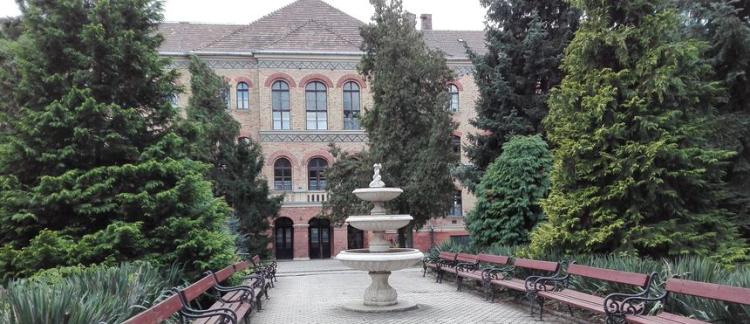
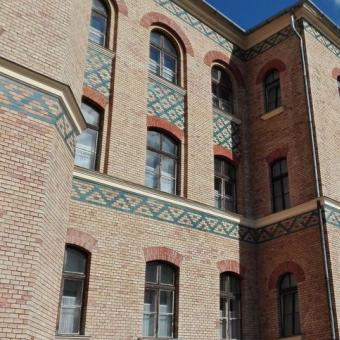
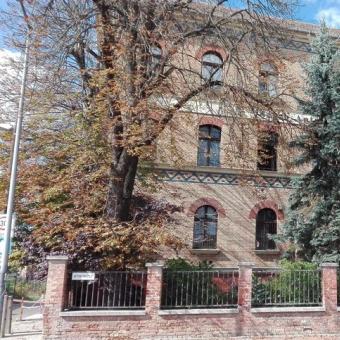
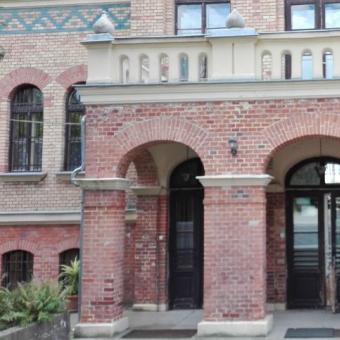
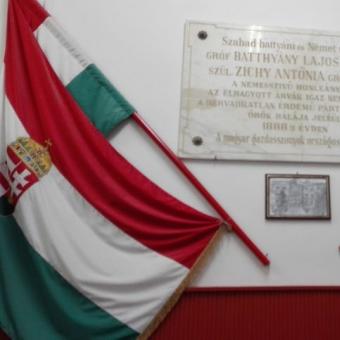
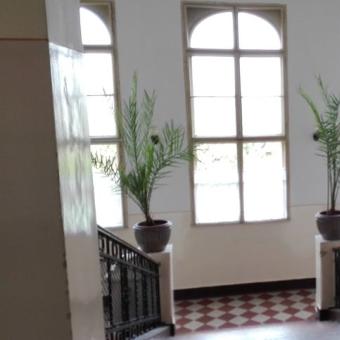
Throughout generations, the houses of my great-grandparents and my relatives were located directly beside her palace, which was separated only by a stiff brick wall - the children in Cinkota could climb up to its top. She had her own bath at Brook Capera (the name Capera was given by her). She was said to have lived for long because of having a bath in the cold water each morning. She walked on foot among people, was friendly with them, took part in traditional popular and family celebrations, donated and gave gifts. She had a hard life and suffered much: she had two marriages, both ended badly, lost her daughter who was only three years old (the crypt - see the photos below - in which she was buried has recently been renovated in the yard of Szerb Antal Secondary Grammar School. When the Countess died, her daughter was relocated next to her). Her son also died in her lifetime leaving two children behind. Although she was not able to give her own children much happiness, she treated everyone in her surroundings lovingly.
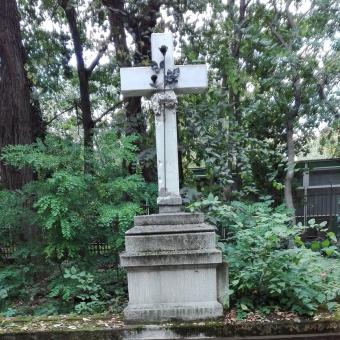
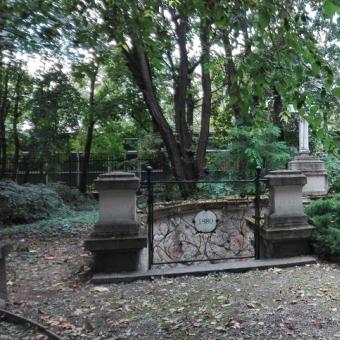
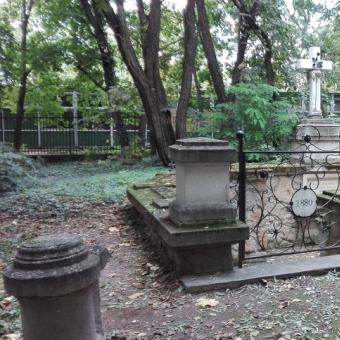
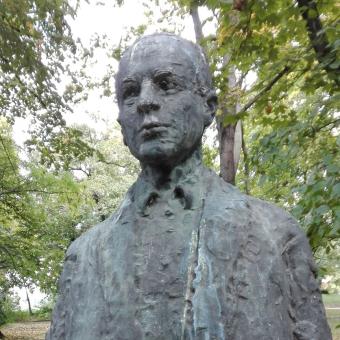
After the Second World War everything from her 18-room-palace was carried away including furniture and utensils then soon the palace was unbuilt as well as the brick wall.
The Countess listened to Hungarian music, sang Hungarian songs and ballads together with the villagers, and also danced with them. A story is also told about her coachman, namely Uncle Pista, who drove the horses wearing white gloves. He overtook with his "six-horse carriage" the four-horse coach of Franz Joseph when travelled to Gödöllő, which was a settlement, now a town about 20 kilometres far from Cinkota, Budapest), where one can visit the Royal Palace of Gödöllő.
The street in which the Szerb Antal Secondary Grammar School and the elementary school of Cinkota are located was named after her: Batthyány Ilona Street; as well as the school: Batthyány Ilona Primary School.
Read our article in Hungarian in TUMAG: A GRÓFNŐ, AKI HŰ MARADT 1848-HOZ
Ilona Batthyány (1864) - photo by Ignaz Franz Schrecker
